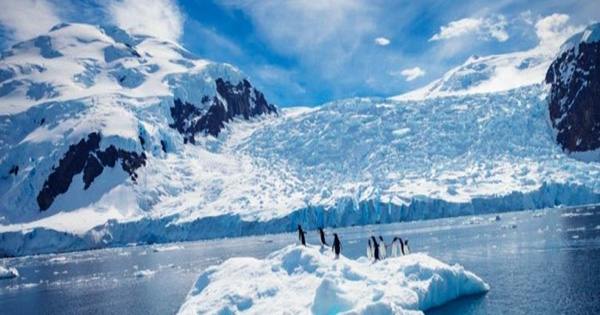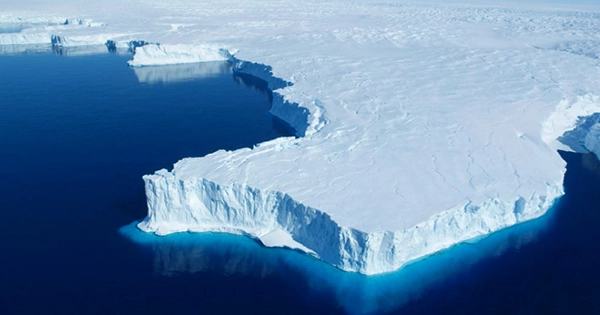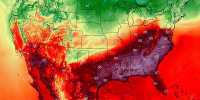Around March 15, the Conger Ice Shelf disintegrated, most likely as a result of Antarctica’s recent warmth. Despite the fact that the shelf is only around the size of a big city rather than a nation, its fast disappearance has surprised glaciologists. The Conger is a small section of East Antarctica, the one frozen region that has hitherto largely escaped the consequences of Global Warming, and the one that has the greatest potential for harm. East Antarctica is home to more ice than the rest of the planet. The oceans would rise 7 and 5 meters (23 and 16 feet) if all the frozen water in Greenland and West Antarctica melted, respectively — disastrous for humans in low-lying locations but perhaps survivable for civilization as a whole. However, East Antarctica has the ability to raise sea levels by 53 meters (170 feet), submerging the majority of the world’s major cities.
As a result, while Greenland, West Antarctica, and Alpine glaciers have all melted rapidly, many people have found solace in the fact that changes in East Antarctica have been far slower, if at all. All of that may have altered now that satellite photographs show the Conger has nearly completely vanished. Although the occurrence occurred too soon for peer-reviewed research, experts are arguing its causes on Twitter. Ice bodies can disintegrate for a variety of reasons, such as ponds developing on the surface that discover a breach and rush to the bottom, lubricating movement from below. Satellite photos, however, show no evidence of this process, and Durham University student Jenny Arthur tweeted.

Although a range of short and long-term factors are likely to have played a role, the recent extraordinary warmth in Antarctica is undoubtedly a top suspect. Ice shelves are floating ice sheets that are permanently attached to land (or at least appear to be). In the Southern Hemisphere, they are significantly more frequent and widespread than in the Northern Hemisphere. The Conger is one of the tiniest ice shelves in Antarctica, not even appearing on Wikipedia’s list of Antarctic ice shelves. It’s also less explored than sites closer to the southern continents because it faces the Indian Ocean.
Because ice shelves float, they add to the volume of the ocean, hence their melting has no direct impact on sea levels. They can, however, have significant indirect impacts because they restrict the flow of glaciers behind them when they are obstructed by islands or tethered to shallow seabeds. When a glacier melts, the pressure that has been exerted to it is relieved, forcing it to flow up to five times faster and depositing ice into the oceans. The Conger was trapped against Bowman Island, and its removal is anticipated to enhance flow from the glacier behind it, somewhat speeding up the rise in sea levels. The more pressing question is whether this collapse is a precursor to the breakup of sheets that hold back bigger glaciers.
On March 17, scientists first detected anything was awry with the Conger when an iceberg dubbed C-38 broke off the ice shelf. Although it is common for icebergs to break away from shelves, C-38 was so enormous in comparison to the shelf and arrived so soon after C-37’s calving that it signaled the Conger’s near-total collapse. Last month, Antarctic sea ice reached a new low, 10 percent lower than the previous record. With the exception of the Conger, the majority of that has occurred off the coast of West Antarctica. The east coast’s colder oceans act as a buffer against warming induced by rising greenhouse gas levels. One of humanity’s most pressing concerns is how long this will persist.
















